Outside the classroom
Learning in history should not only take place in the classroom. Making use of the built and landscape environment can be an integral part of learning and progression in history, whether through a visit to a historic site, surveying of the landscape to find historical clues, or forming a human timeline across the school field.
-

How museum collections make ancient Egypt, and the people who lived there, real
ArticleClick to view -

One of my favourite history places: Studland Village
ArticleClick to view -
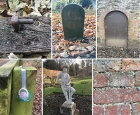
Emerging historians in the outdoors
ArticleClick to view -
One of my favourite history places: Fulham Palace
ArticleClick to view -
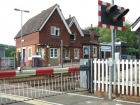
‘Not again!’ - an additional viewpoint on using railways
ArticleClick to view -

Bringing the Civil War to life in Somerset
ArticleClick to view -
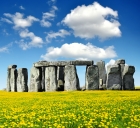
Teaching pre-history outside the classroom
ArticleClick to view -
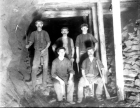
Local history and a sense of identity
ArticleClick to view -

Teaching the First World War in the primary school
ArticleClick to view -

Learning Outside the Classroom
ArticleClick to view -

Our Iron Age challenge
ArticleClick to view -
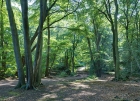
TREE-mendous history!
ArticleClick to view -

What your local Archive Service can offer to schools
ArticleClick to view -

From Home to the Front: World War I
ArticleClick to view -

Assessment and Progression without levels
ArticleClick to view -

The 2014 History National Curriculum: how to get the best from heritage
ArticleClick to view -

Place-names and the National Curriculum for History
ArticleClick to view -

War memorials as a local history resource
ArticleClick to view -
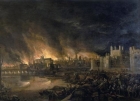
The Great Fire of London and the National Curriculum
ArticleClick to view -
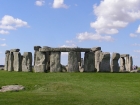
Stone Age to Iron Age - overview and depth
ArticleClick to view

